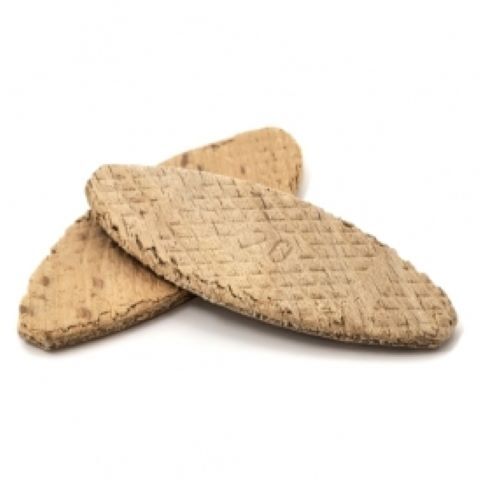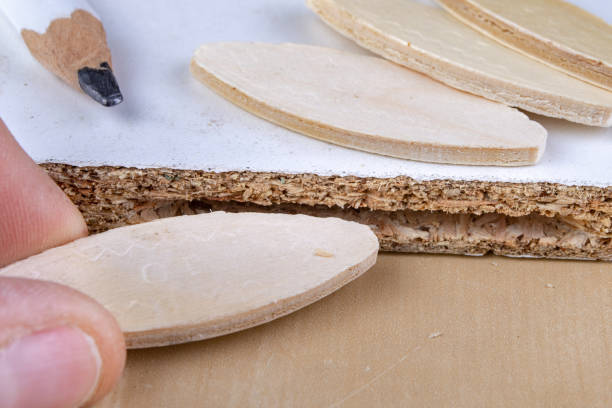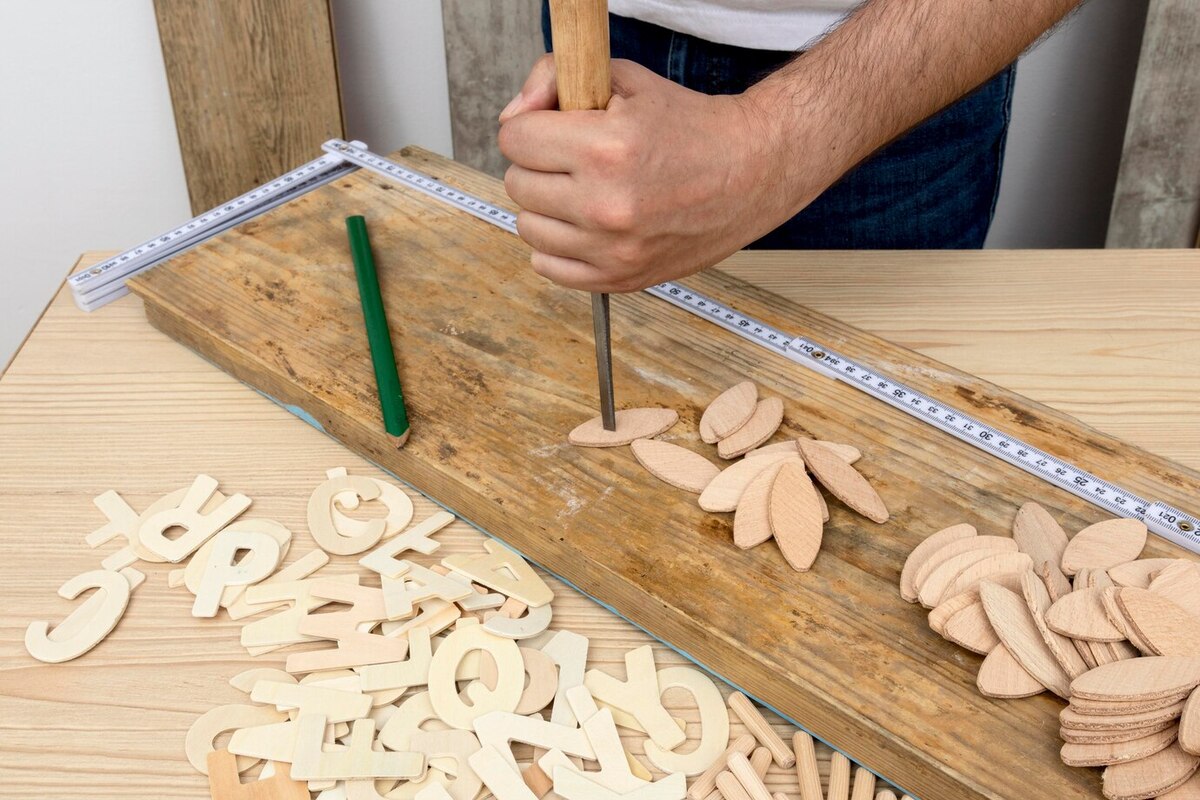How to Use Joinery Biscuits for Stronger Furniture

Joinery biscuits, a relatively modern innovation in woodworking, have revolutionized the way woodworkers and hobbyists approach furniture assembly and design. These small, oval-shaped pieces of compressed wood, such as those offered by Cincinnati Dowel & Wood Products, play a crucial role in creating strong, durable, and seamless joints in furniture making.
This article aims to guide you through using joinery biscuits effectively to enhance the strength and longevity of your furniture projects.

Understanding Joinery Biscuits
Joinery biscuits are thin, oval-shaped slices of compressed wood, typically beech, designed to fit into slots cut into the joining pieces of wood. When glued in place, they swell slightly, creating a tight and strong joint. The biscuits Cincinnati Dowel offers come in various sizes, suitable for different thicknesses and types of wood, allowing for versatility in furniture making.
Advantages of Using Joinery Biscuits
The primary advantage of using joinery biscuits is the strength they add to wood joints. They are particularly effective in edge-to-edge, corner, and T-joints, common in furniture making. Biscuit joints are not only strong but also relatively easy to make, requiring minimal setup time. They offer more flexibility than traditional dowel joints and are less likely to split thin pieces of wood compared to using screws or nails.
Selecting the Right Size Biscuit
Choosing the right size of biscuit is crucial for the joint's strength and stability. Cincinnati Dowel provides a range of sizes, and the choice depends on the thickness of the wood and the type of joint. For instance, larger biscuits are better for wider boards or heavier furniture pieces, while smaller ones are suitable for thinner or smaller-scale projects.
Tools Required
To use joinery biscuits, you'll need a biscuit joiner, also known as a plate joiner. This power tool cuts crescent-shaped slots in the wood pieces where the biscuits will be inserted. Additionally, you’ll need woodworking glue, clamps, a pencil, and measuring tape to ensure accurate and effective biscuit placement.

Marking and Cutting the Slots
Accuracy is key in cutting slots for the biscuits. Begin by aligning the wood pieces as they will be joined and mark the spot where each biscuit will go, ensuring they are evenly spaced and aligned. Using the biscuit joiner, cut the slots at the marked locations. It’s essential to hold the joiner steady and flush against the wood to ensure precise cuts.
Gluing and Inserting the Biscuits
Once your slots are cut, apply a moderate amount of woodworking glue inside each slot. Then, insert the biscuits into the slots on one piece of wood. The fit should be snug but not overly tight. After inserting the biscuits, apply glue to the edges of the wood and the exposed part of the biscuits, and join the wood pieces together.
Clamping and Drying
After assembling the joint, it’s crucial to clamp the pieces together to ensure a tight bond while the glue dries. Apply clamps across the joint to apply even pressure. Avoid over-tightening, which can squeeze out too much glue and weaken the joint. Leave the clamps on for the glue manufacturer's recommended time, usually several hours.

Fine-Tuning and Finishing
Once the glue has dried, remove the clamps and check the joint. If there’s any excess glue, scrape it off gently. You can then proceed with sanding, trimming, or planning the joint as needed to achieve a smooth, flush finish.
Common Applications
Joinery biscuits are ideal for various furniture projects. They are commonly used in making tabletops, shelving, cabinets, and frame construction. Their ability to create strong, aligned joints makes them particularly suitable for pieces that require a seamless look or bear significant weight.
Tips for Success
For successful biscuit joinery, it’s important to plan your project in detail, especially the positioning and number of biscuits. Always practice cutting scrap wood before working on your actual project. Pay attention to the grain direction and wood type when selecting and placing your biscuits, as this can impact the joint's strength.
Advanced Techniques
Once you’re comfortable with basic biscuit joinery, you can explore more advanced techniques. This includes using biscuits for mitered joints, curved or angled joints, and for joints in non-standard thickness materials. Experimenting with different techniques can greatly expand the range of projects you can tackle.
Elevate Your Craft with Cincinnati Dowel Joinery Biscuits
Joinery biscuits are a simple yet effective way to enhance the strength and aesthetic appeal of your furniture projects. With the right tools, techniques, and quality biscuits from Cincinnati Dowel & Wood Products, you can achieve professional, durable, and visually pleasing results. Whether you’re a seasoned woodworker or a DIY enthusiast, incorporating biscuit joinery into your skill set can elevate your woodworking projects to a new level of craftsmanship and durability.
Happy with the difference Cincinnati Dowel has made for your business? Leave us a five-star review on Google here!
Want more tips and info on the wood components you use every day? Follow us on Facebook, Instagram, and LinkedIn!


